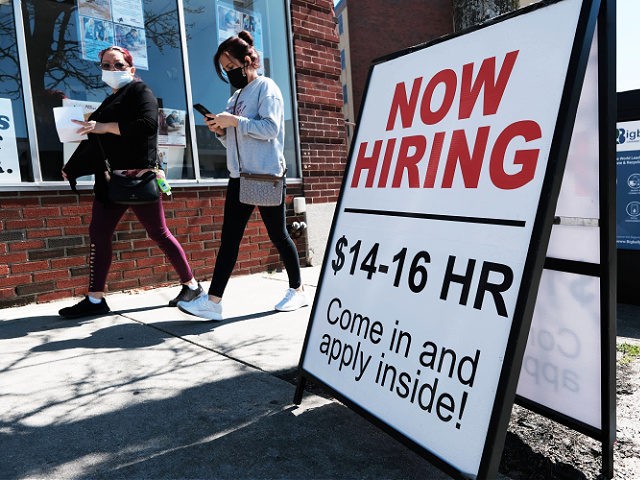Weekly jobless claims fell again last week, tumbling to a new 52-year low, the Labor Department reported Thursday.
Initial filings for unemployment insurance dropped 43,000 to 184,000 for the week ended Dec. 4, the lowest going back to Sept. 6, 1969, which saw 182,000.
Those figures are not adjusted for population growth. In 1969, the U.S. population was around 203 million, around 130 million smaller than today. The civilian labor force was counted at around 82 million, one-half of today’s workforce.
On the other hand, union membership has declined, particularly in the private sector, and labor unions typically help laid-off workers file for benefits. So applications may be lower than they would be if union membership had remained higher.
Initial claims for unemployment insurance were expected to total 223,000 for the week ended Dec. 4, according to Econoday. The prior week was revised up slightly from 222,000 to 227,000.
The pre-opening futures prices moved sharply lower on Thursday after the release of the figures, likely indicating that investors think it may prompt the Fed to tighten monetary policy more quickly than anticipated.
The historically low level of claims suggests that employers are reluctant to let go of workers in a very tight labor market. This could provoke further concerns about wage pressures accelerating inflation. Job openings reached a record high of 11 million in October, a Labor Department report showed Wednesday.
The Department of Labor is scheduled to release its monthly report on consumer prices Friday. Economists expect the Consumer Price Index to rise 6.7 percent from a year ago, a faster pace than the 6.2 percent reported last month. A tighter labor market typically would indicate even more inflationary pressures building in the economy.
A hotter than expected inflation report could put even more pressure on the Federal Reserve to accelerate its removal of monetary policy aid to the economy when it meets next week. Last month, the Fed announced that it would begin to wind down the $120 billion bond-buying program launched at the start of the pandemic crisis by reducing the amount of purchases by $15 billion each month. In recent weeks, the Fed has signaled that it will likely accelerate the winddown, also known as tapering.
Continuing claims for the week ending November 27 was 1,992,000, an increase of 38,000 from the previous week’s revised level. These are reported with a week’s lag from the initial claims figures.
Many economists had expected that the end of extended and enhanced jobless benefits would nudge sidelined workers back into the labor force but there is little evidence of that happening.

COMMENTS
Please let us know if you're having issues with commenting.